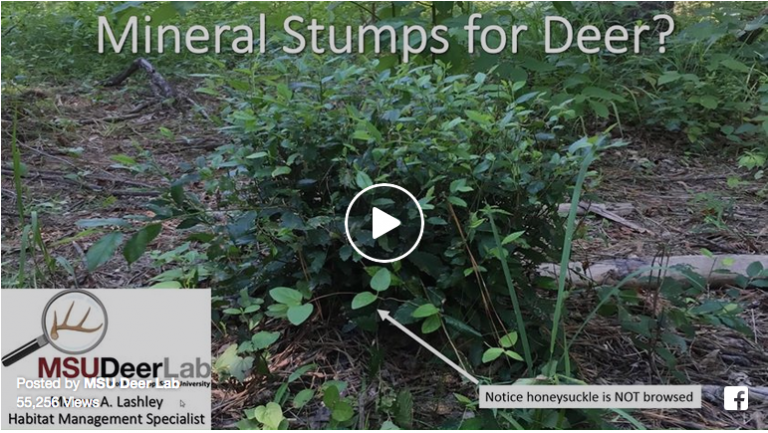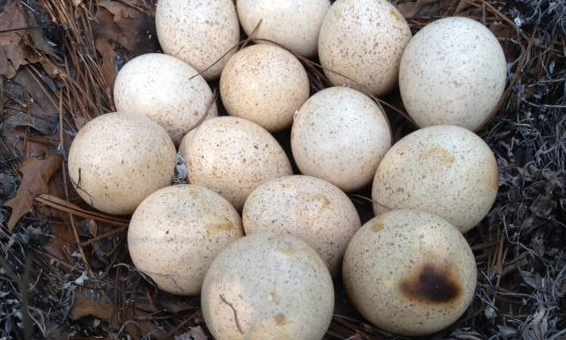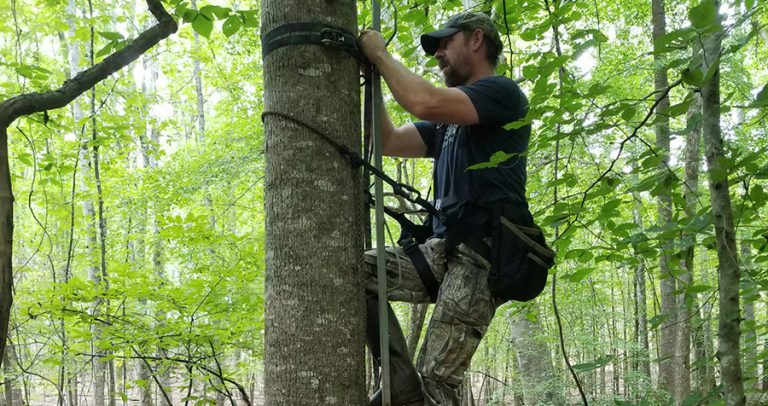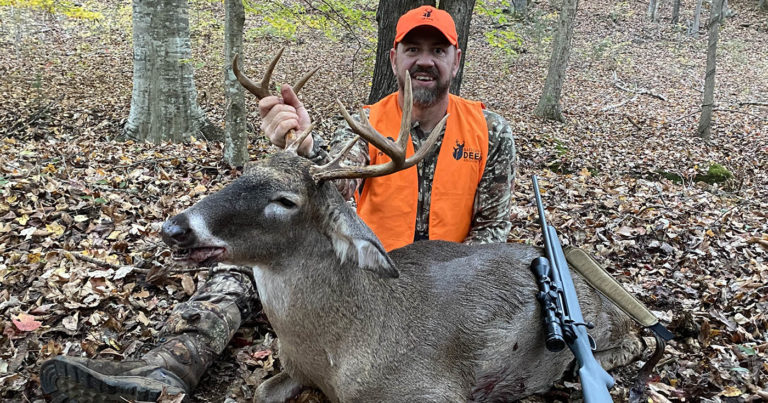7 Tips for Placing Trail Cameras on Public Land
Last Updated on December 10, 2021 by Brian Grossman
Wanting to place trail cameras on public land but not sure where? Try these tactics for better pictures.
By Nathan Unger
Twitter: @Bulldawgoutdoor
Instagram: @Bulldawgoutdoors
Hunting public land is difficult enough. Hunting public land blind without trail cameras can make you feel like your hunting aimlessly.
For generations hunters have successfully harvested deer without the use of trail cameras. However, if you’re hunting a certain age class of deer, trail cameras can only benefit your goal.
These tips for placing trail cameras on public land will help you sleep easier at night knowing the chances of photographing a mature buck is higher.
Place your trail cameras higher
Not only will you get great shots of whitetails frequenting the area, your camera will also be out of eye level of the occasional hiker or hunter. Make sure to angle the camera downward and towards a deer trail, pinch point, water source or another heavily traveled area by deer.
Set up on terrain features
When trying to discover where bucks are traveling on public land, finding unique terrain features will help you close the gap. Any type of funnel or pinch point is a great place to hang a camera because, naturally, the lay of the land is forcing or ‘funneling’ those deer to that specific point. These funnels could include felled trees, piles of brush, eroded hill sides or any other number of terrain features.
Maximize use of mock scrapes
Mock scrapes can be dynamite when trying to pattern a mature buck on public land. This, in fact, is probably one of the best options to hang your camera over. If you’re really feeling lucky you can hang a camera on a mock scrape that is on the fringe of a food source.
Don’t overlook small parcels
Oftentimes hunters flock to giant tracts of public land thinking more land equals more opportunity. While that might be true, mature bucks often travel between private property with a public parcel wedged in between. Small tracts can be hidden gems where mature bucks lie low to avoid pressure.
Find the food
Because baiting is not allowed on public land, finding a natural food source that deer will frequent is essential. This could include clover, sun hemp, sun flowers or grains. Hanging a camera on the fringe of these sources could end up providing a smorgasbord of pictures, and also a great tree stand site in the fall.
Walk the extra mile
As hunters travel farther into public land the more likely foot traffic will decrease. Therefore the less likely your camera will get stolen. In addition, there will be less hunting pressure. Hopefully more deer traffic and sign will be readily available for your camera to pick up.
Face your trail cameras north
The last thing you want to see on a card pull is a bunch of pictures of sunshine and no day time pictures of deer. Facing the camera north will prevent this when the sun is rising and setting.
Like what you see here? You can read more awesome hunting articles by Nathan Unger at the Bulldawg Outdoors blog. Follow Nathan Unger and subscribe on YouTube @Bulldawgoutdoors.


![Campark T180 Trail Cam Review [2022]](https://huntthesouth.com/wp-content/uploads/2022/08/Campark-T180-Review-768x432.jpg)




